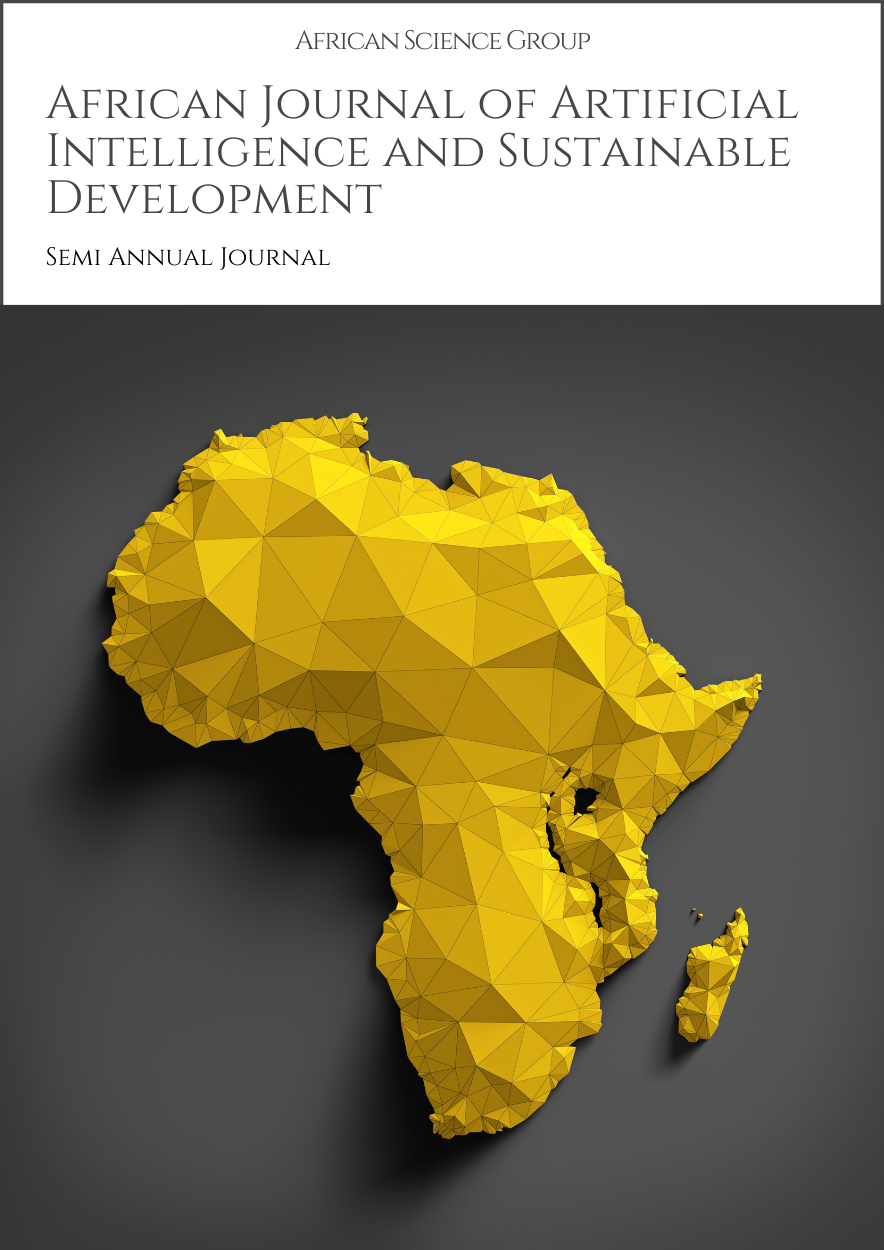Human-Computer Interaction Design Principles for Autonomous Vehicles - Enhancing Safety and Trust: Proposes design principles for human-computer interaction in AVs to enhance safety and trust
Published 20-09-2022
Keywords
- Autonomous Vehicles,
- Human-Computer Interaction,
- Design Principles

This work is licensed under a Creative Commons Attribution-NonCommercial-ShareAlike 4.0 International License.
Abstract
Autonomous Vehicles (AVs) represent a significant technological advancement with the potential to revolutionize transportation. However, the successful integration of AVs into society hinges on effective human-computer interaction (HCI) design. This paper proposes a set of design principles aimed at enhancing safety and trust in AVs. By leveraging insights from HCI, psychology, and automotive design, these principles address key challenges such as user acceptance, trust calibration, and situation awareness. Implementing these principles can lead to safer and more user-friendly AVs, thereby accelerating their adoption and integration into daily life.
Downloads
References
- Tatineni, Sumanth. "Exploring the Challenges and Prospects in Data Science and Information Professions." International Journal of Management (IJM) 12.2 (2021): 1009-1014.
- Vemori, Vamsi. "Human-in-the-Loop Moral Decision-Making Frameworks for Situationally Aware Multi-Modal Autonomous Vehicle Networks: An Accessibility-Focused Approach." Journal of Computational Intelligence and Robotics 2.1 (2022): 54-87.
- Shaik, Mahammad, Srinivasan Venkataramanan, and Ashok Kumar Reddy Sadhu. "Fortifying the Expanding Internet of Things Landscape: A Zero Trust Network Architecture Approach for Enhanced Security and Mitigating Resource Constraints." Journal of Science & Technology 1.1 (2020): 170-192.
- Tatineni, Sumanth. "Climate Change Modeling and Analysis: Leveraging Big Data for Environmental Sustainability." International Journal of Computer Engineering and Technology 11.1 (2020).
- Vemoori, V. “Towards Secure and Trustworthy Autonomous Vehicles: Leveraging Distributed Ledger Technology for Secure Communication and Exploring Explainable Artificial Intelligence for Robust Decision-Making and Comprehensive Testing”. Journal of Science & Technology, vol. 1, no. 1, Nov. 2020, pp. 130-7, https://thesciencebrigade.com/jst/article/view/224.

